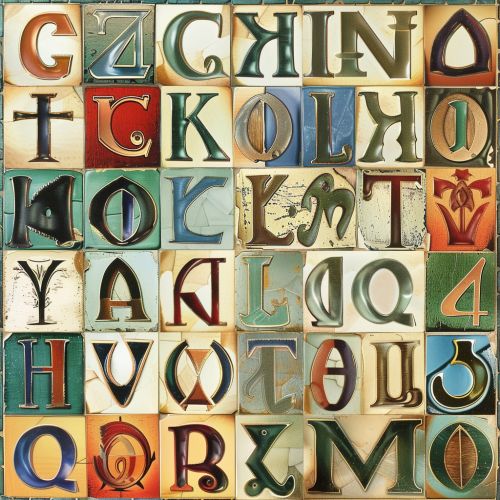Cyrillic alphabet
Origins and History
The Cyrillic alphabet is an alphabetic writing system employed across Eastern Europe, Central Asia, and North Asia. The script was developed in the First Bulgarian Empire during the 9th century AD at the Preslav Literary School. The script was created by the disciples of Cyril and Methodius, two Byzantine brothers who were missionaries to the Slavs.
Structure
The Cyrillic alphabet consists of letters, numerals, and symbols, including punctuation. The alphabet is derived from the Greek alphabet, with some letters additionally borrowed from the Old Italic script and the Glagolitic alphabet. The Cyrillic script is closely related to the Greek alphabet, with many letters having identical or nearly identical shapes.
Usage
The Cyrillic alphabet is used by many languages, primarily those of Slavic origin, including Russian, Ukrainian, Bulgarian, Serbian, and Macedonian. It is also used by many non-Slavic languages, such as Abkhaz, Bashkir, Kazakh, Kyrgyz, Tajik, Mongolian, and many others.
Variations
There are numerous variations of the Cyrillic alphabet for different languages. While the basic set of letters is similar across these languages, there are also unique letters and diacritical marks used in some languages but not in others.
Influence and Legacy
The Cyrillic alphabet has had a significant influence on the cultural and linguistic development of Eastern Europe, Central Asia, and North Asia. It has been a key factor in the preservation and development of the Slavic languages and their literatures.


